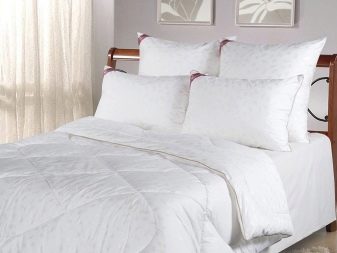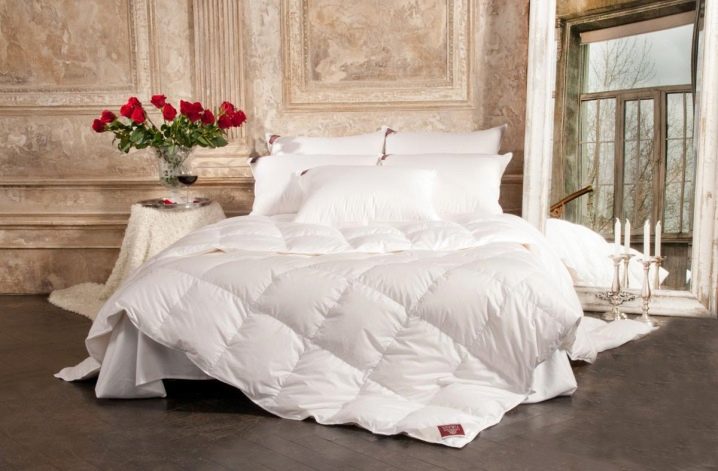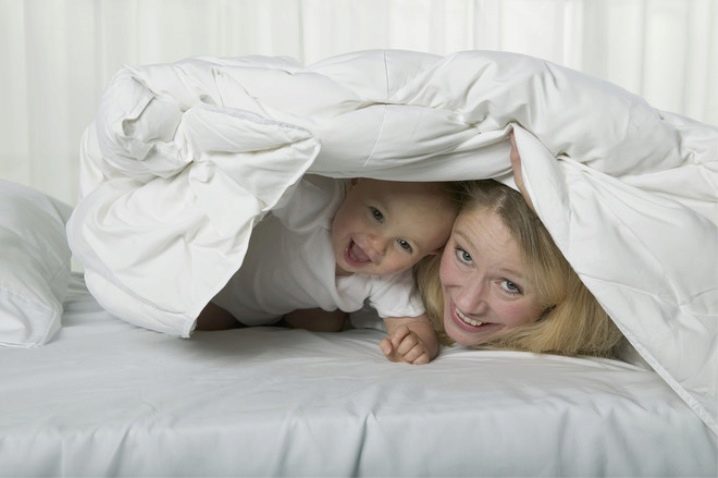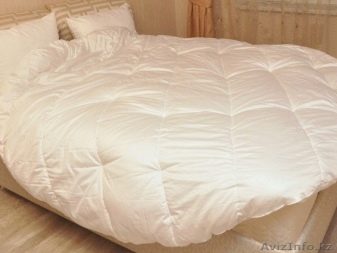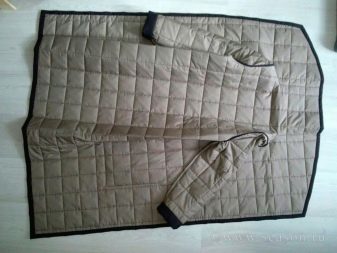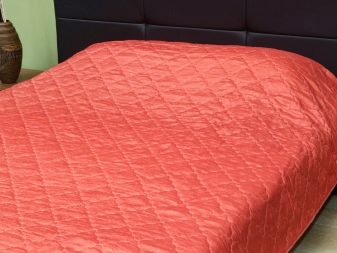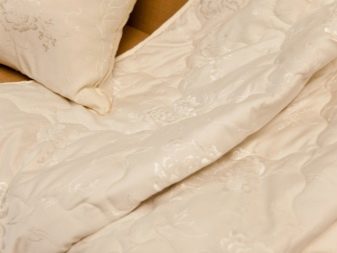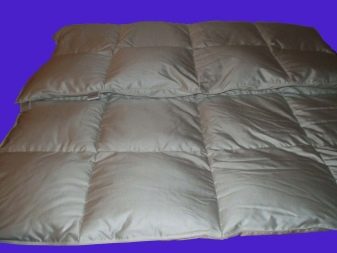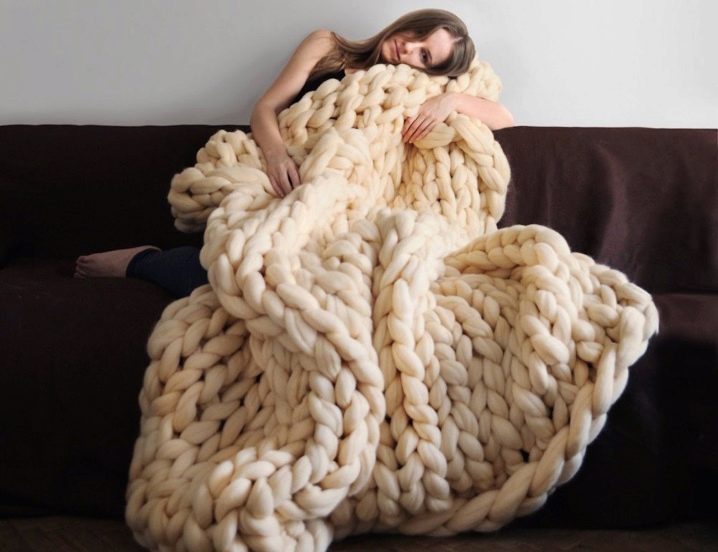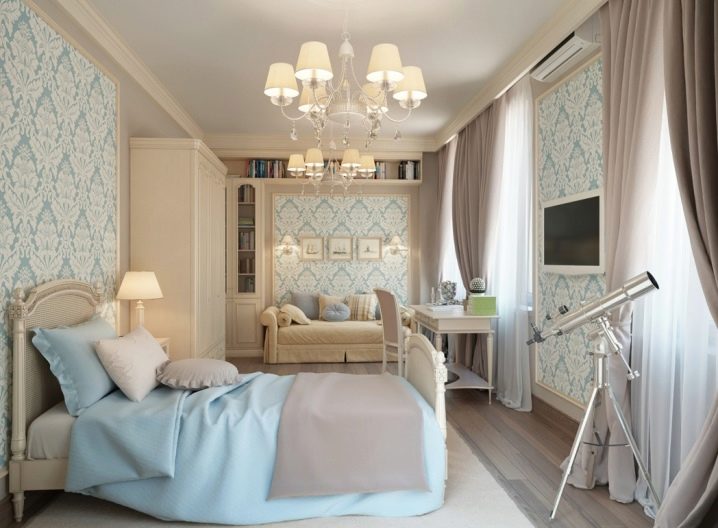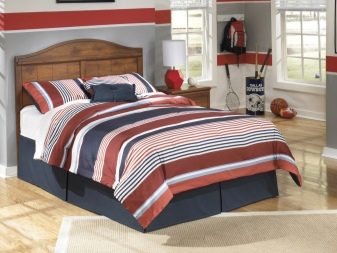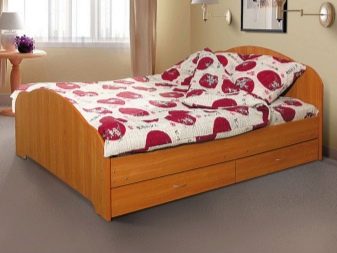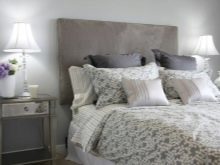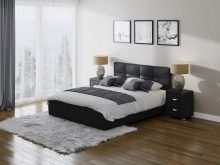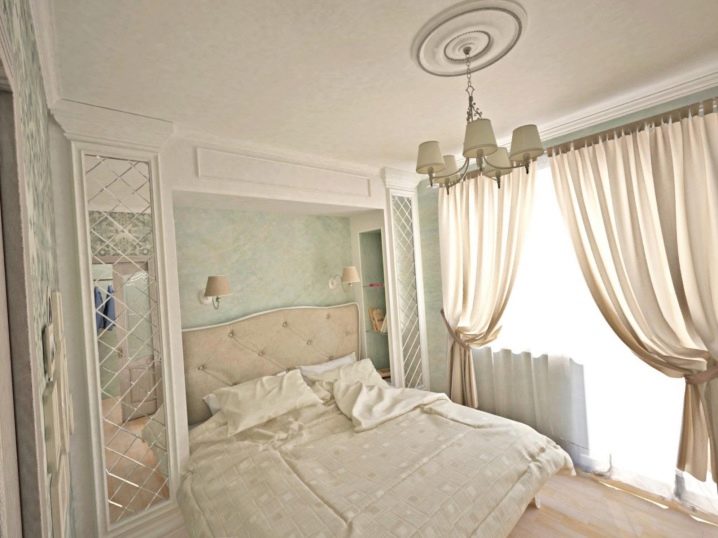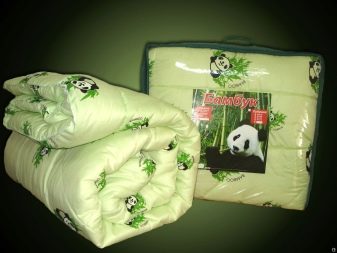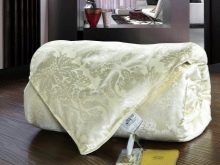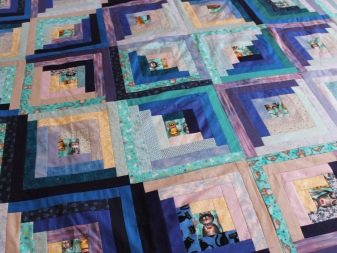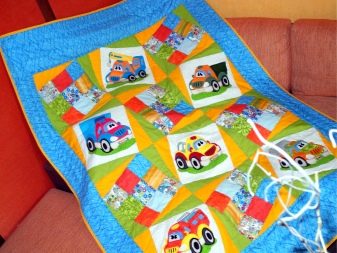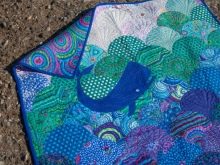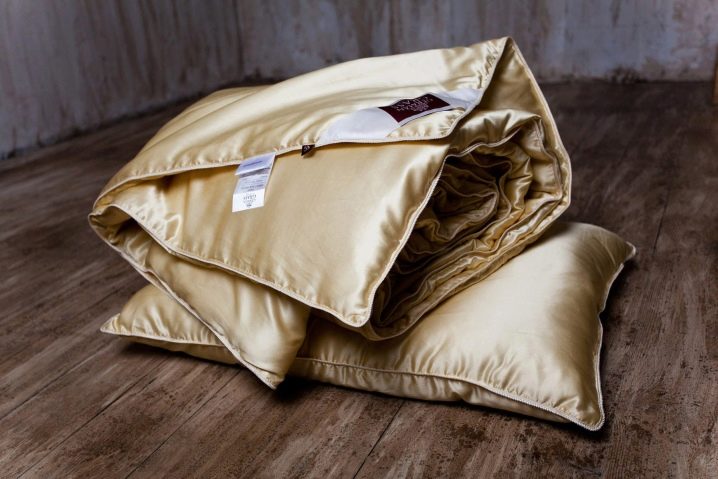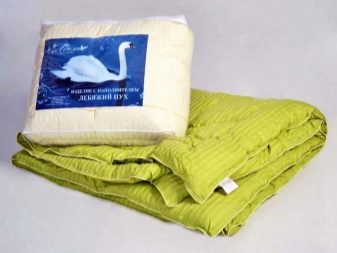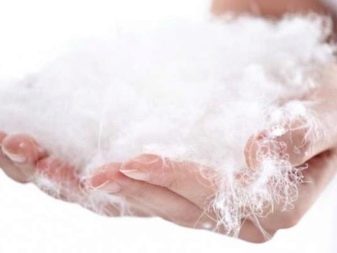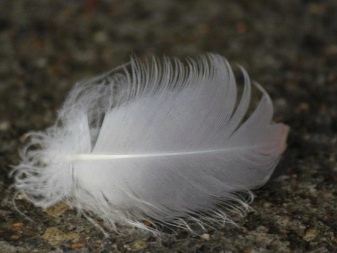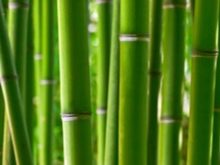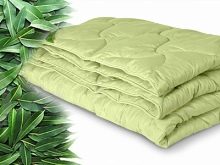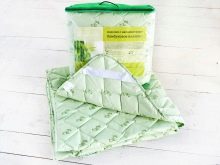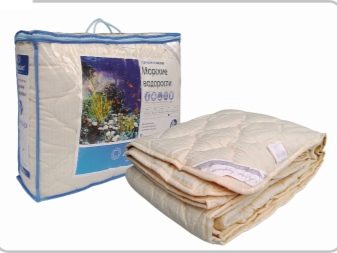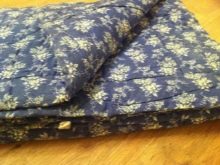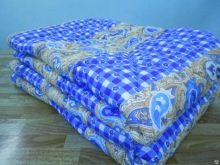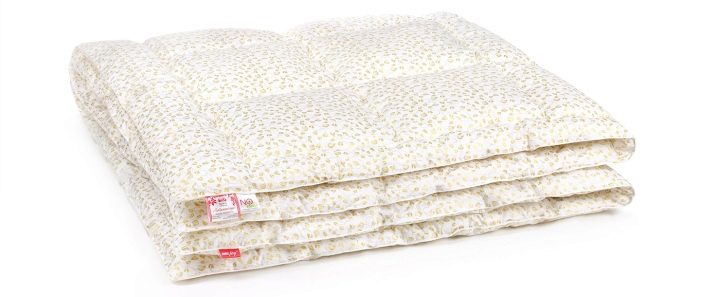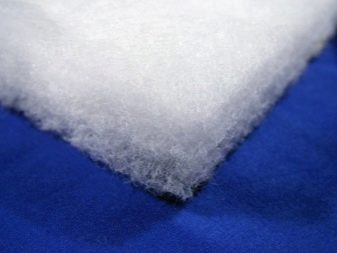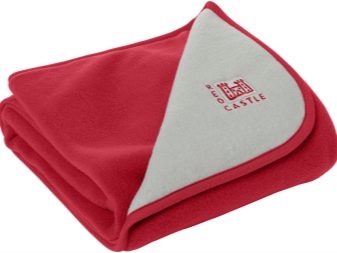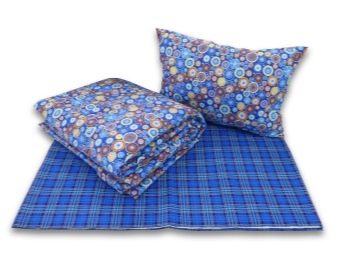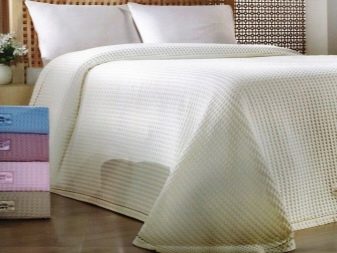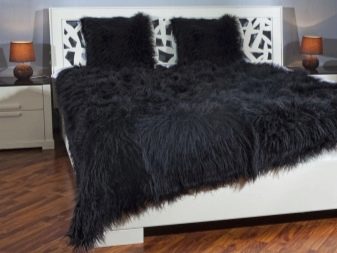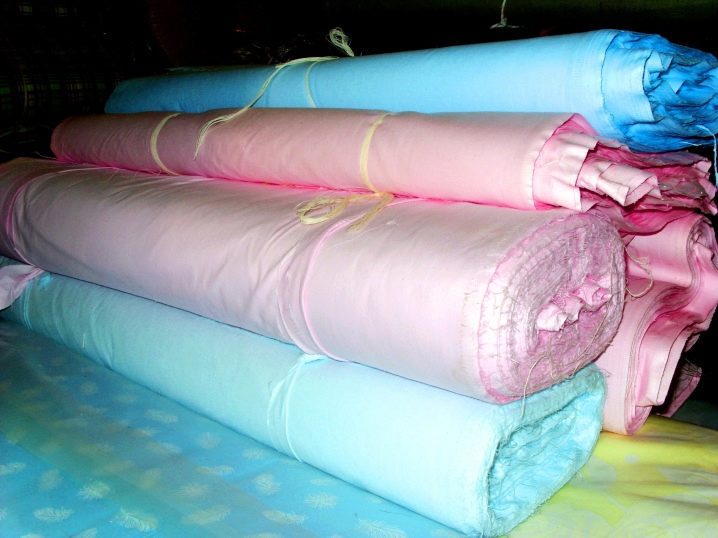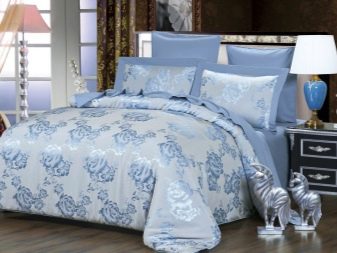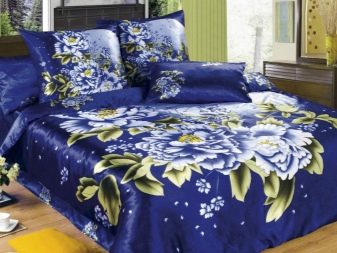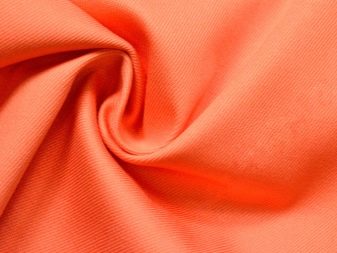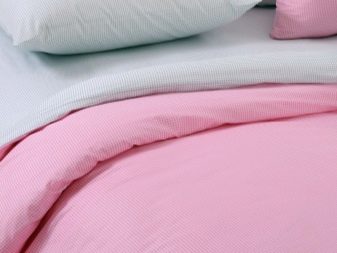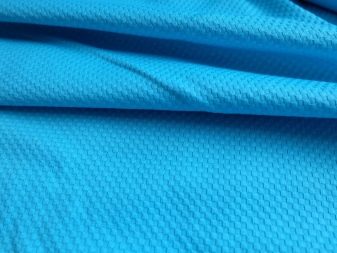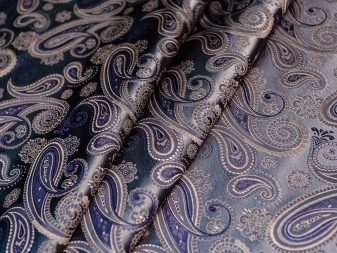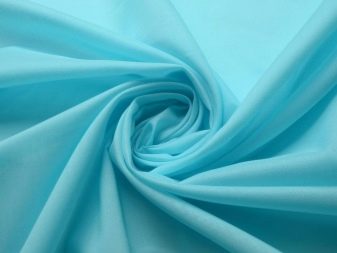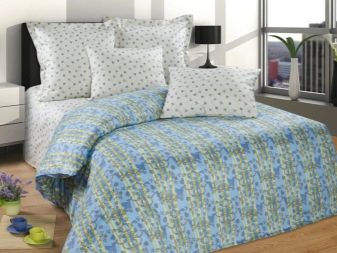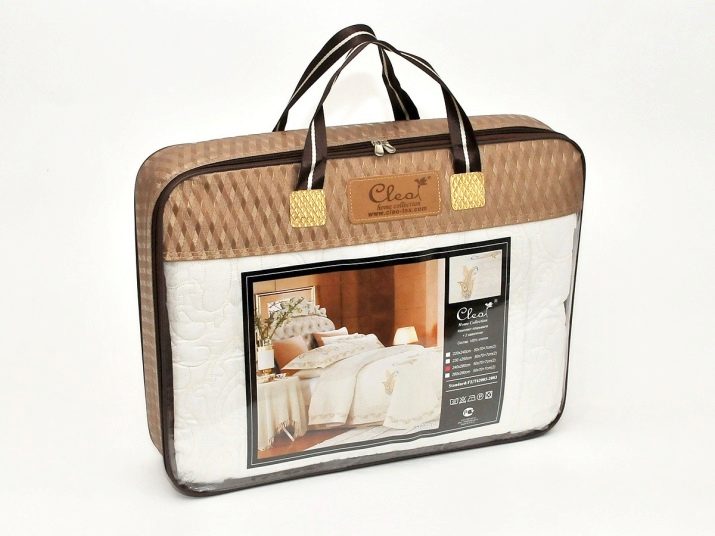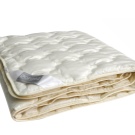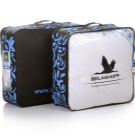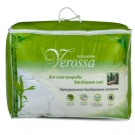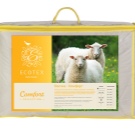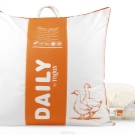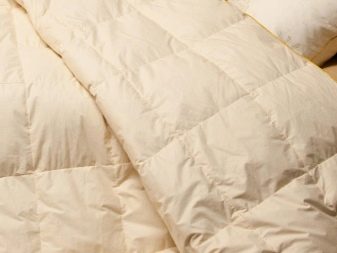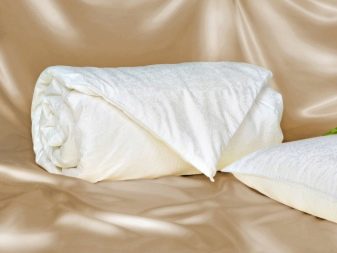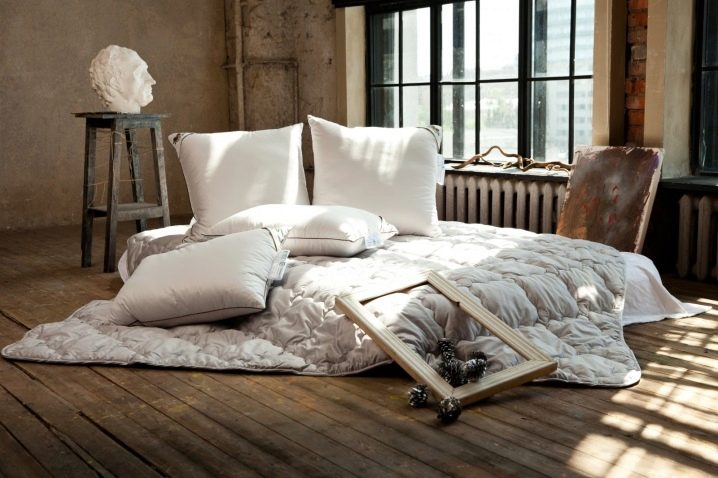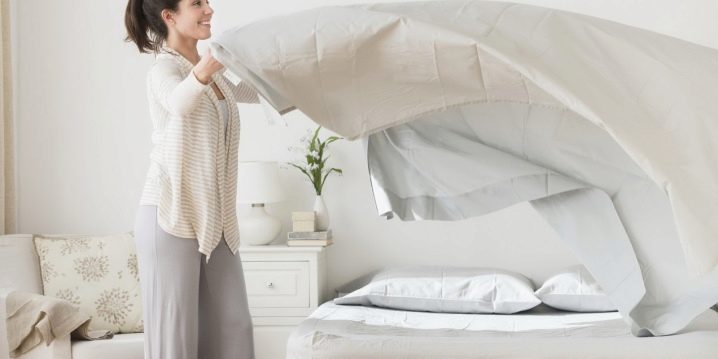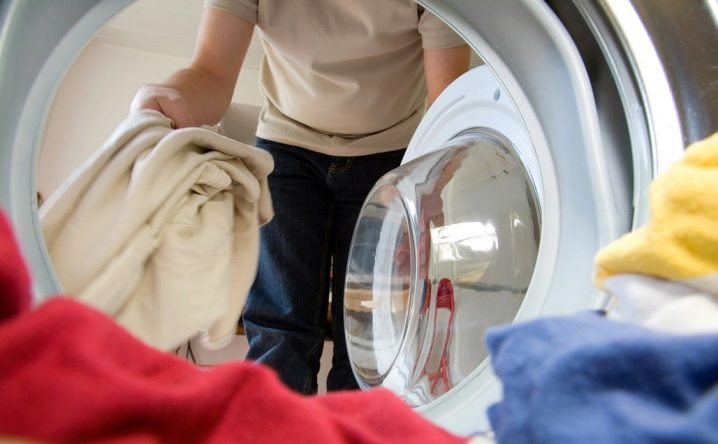How to choose a blanket?
Most often, no one thinks seriously about buying a blanket, however, the effectiveness of sleep and rest depends on it. Each product has its own individual characteristics, which may be suitable for some, but be contraindicated in the other.
Kinds
One of the main criteria for the separation of species is associated with the degree of heat. The label uses a different system of symbols: specific words or dots from one to five.
Blanket separation according to the degree of heat:
- 5 pointsA particularly warm blanket is a product for the winter and the apartment, where there is poor heating or for those who sleep with the windows open. Such a model is necessarily fluffy, but light;
- 4 points (warm blanket) and 2 points (lightweight blanket) - intermediate indicators, demi-season. The first is suitable for autumn, when it is still not very cold, and the second for a time when it gradually begins to warm;
- 3 points, normal or all-season.The most optimal indicator of heat and universal for almost everyone. This blanket is suitable for both winter and the warmer season. Such a product should have an increased level of thermoregulation, in order not only to heat, but also to provide air access to the body.
Among the models for all seasons, the most optimal are the double ones on buttons, buttons or strings. If necessary, the two parts can be connected to warm or, conversely, to disconnect. At the same time, according to their characteristics, they are different: one part is summer, and the other is warmed;
- 1 point, light or summer blanket. It absorbs well and evaporates moisture, provides ventilation.
Blanket shape mostly rectangular and, even less often, square. Straight lines make the product more comfortable to use and uniform in placement on the bed.
Round or oval products are rare, but they are suitable for non-standard beds. The difficulty lies in the fact that it is difficult for them to choose bed linen. The original models include a blanket-coat with sleeves that can literally be worn to make it warmer.
Blankets vary in thickness and weight. Both of these characteristics are directly dependent on the material of the filler. The statement that the thicker a product is, the warmer it is, is true only if it is made from the same material.
And yet, the thickness somehow affects: summer blankets are thin, and winter ones are thick. The heaviest are cotton cotton blankets, as well as woolen - sheep and camel. Despite the weight, it can be called wool orthopedic, because they have a healing effect. The lungs are made of synthetics, swan and eider down.
Blankets are separated by sewing technology.each of which is suitable for different materials. Quilts are made using a special machine that stitches between a case and a filler. This method is suitable for wool, cotton, synthetic fibers, as they do not crumble.
One of the subspecies of quilted technology - kostep. Stitches do not square, and patterned. Often the cost of such blankets is higher, as the drawing is done by hand. The disadvantage is that, over time, a stitch may begin to bleed through the stitches.
Cassette technology is to sew together cells filled with fluff or silicone balls. Thus, the material is distributed evenly over the blanket, does not roll. Some models are stitched in a cluster manner, which allows you to move the filler to a certain part of the product and insulate it.
In a separate group, you can select knitted blankets. They are as thin, for example, from a cotton thread, and thick from wool. For blankets used as a large knit and fine crochet. Recently popular products in technology patchwork. It is to create a patchwork of blanket squares using a sewing machine. As a rule, such models are bright and festive.
Dimensions
There are three main categories of blanket sizes:
- Single beds. Ideal not only for those who sleep alone, but also for couples who prefer to sleep each under their own blanket. The width of single models starts from 140 cm, and the length can reach 205 cm.
- One and a half sleeping. Suitable for those who sleep alone, and, for example, for children and teenagers sleeping in the same bed.Such a blanket is most often sold in bedding sets, as, in fact, universally. The most popular sizes in this category are 155 cm wide and 215 cm long. There are less common options: 160x205 cm, 160x220 cm.
- Double beds. These models of blankets are the largest, and therefore two adults can easily fit under them. There are two standard sizes: 175x205 cm and 200x220 cm.
In addition to the three main types, there are several more, among which, for example, baby blankets. Such models have dimensions from 110-140 cm in width and 140 cm in length.
Type "Euro-Maxi" includes blankets that are suitable for royal two-meter beds. Their size is 220 cm wide and 240 cm long.
In the standard list according to GOST, the following positions exist: 75x100, 100x150, 150x200, 180x240, 200x240, 220x240, 280x240, 300x240 cm.
Colors
The color of the blanket depends on the cover, which is most often made in white and gray shades. They are the most neutral and neat. Some covers can be decorated with drawings, for example, on bamboo blankets there are often images of pandas. Color options are found if an expensive or effective fabric is used as a cover, for example, jacquard and silk.
Covers are much more diverse.For them use all sorts of shades: from red to a complex multi-color pattern. Patchwork quilts with drawings and even with photos are distinguished by a special brightness.
Fillers
All fillers can be divided into two broad categories: natural and synthetic.
- Silk The filler is made from silk silkworm, that is, it is a natural product. It is light, but at the same time warm, and also well absorbs and evaporates moisture. It is quite durable and can last up to 12 years. The undoubted advantages are hypoallergenic, as well as the absence of an environment suitable for the appearance of parasites.
Although silk blankets are most often all-season, they are most suitable for a warm period. Among the shortcomings can be called the high price and capriciousness of the material. It requires careful handling, storage and delicate care.
- Down or feather blankets are also natural. They are made of down swans, geese, ducks, and eider gag is considered especially valuable. Such products are lightweight, fluffy, retain heat well, and therefore ideal for the cold season. They have excellent hygroscopicity and air circulation.Such a blanket can last up to 20 years. With high humidity this material may be damp.
The main disadvantage is that the fluff and, most often, the mites, lice and fungi living in it, can cause allergies. These parasites are able to settle in a duvet, even if initially it was treated with special means.
- Quite often you can find blankets from swan's downHowever, this is nothing more than polyester fiber, that is, an artificial material. Like natural fluff, it is light, it warms well, and caring for it is much easier. In addition, it does not cause allergies, does not climb, but it can electrify. The material is worse than natural absorbs moisture.
- Another natural material - bambooand, more precisely, a yarn made from its fibers. Among its advantages: low weight, hypoallergenic, good indicator of moisture absorption and retention of heat. In addition, it does not electrify and repels dust. Such a blanket serves for a long time, while it is completely unpretentious in the care. The disadvantages include the fact that they often sell a synthetic fake in the guise of a bamboo blanket.
- There are "exotic" fillers, which include eucalyptus fiber and seaweed. Many attribute to them almost healing properties. In general, such products are light in weight, help to create a favorable microclimate for sleep. Depending on the density of the material, there are both summer and winter options. A separate advantage is the ease of care and washing.
- Natural cotton blankets do not cause allergies, absorb moisture well and circulate air, are affordable. The ability to keep warm in this material is average. Cotton is easy to clean and even accepts washing in a typewriter, does not accumulate dust, does not electrify. Such horse blankets are ideal for spring and summer, and some models can be used without a duvet cover.
- To cotton include cotton products. They are inexpensive, but much harder and serve more for the winter. They have a lot of weight, and also have a tendency to dampen and crumple.
- Another natural material is wool. It can be not only a blanket filler, but also act as an independent bedspread and rug. Such a product is made of camel, sheep and cashmere wool, with the first two being heavier in weight.This material is warm, well absorbs moisture, circulates air. Such a blanket can last up to 15 years. The disadvantages include the fact that wool is an allergen. In addition, it requires frequent washing.
Synthetic blankets They are very popular because they have many advantages. They are hypoallergenic, light, warm, safe, as they do not start parasites. It is easy to take care of the synthetics, and it can last for about 10 years. The downside is that this material is poorly absorbed and evaporates moisture.
- Fayber - silicone synthetic fiber in the form of balls. This form of material allows the blanket to remain in its original form for a long time. Fiber is as soft as a down, and it is not very expensive.
- Holofiber represents the twisted hollow spirals. It is one of the most common materials. Hollofiber keeps its shape well, but does not absorb moisture.
- Ecofiber - twisted fibers, 100% polyester. Like other synthetic materials, it is light, affordable, retains its shape. Thanks to silicone processing, it quickly evaporates moisture.In addition, it is an orthopedic type of filler, thanks to which the blanket takes the form of a body.
- Synthetic fillers quite popular, although not all of them have good quality. Among their advantages - low price, softness and lightness, however, they tend to quickly slide, lose shape. Another major drawback is that the synthetic winterizer is not a breathable material.
- Microfiber soft and elastic, well absorbs moisture, but provides poor air circulation. This is a material that is easy to care for - just washing in a typewriter is enough. Some blankets are a cloth fabric, without filler and outer cover. These are the usual blankets and blankets for all, which can also be put on duvet covers.
- Fleece blanket very soft, plush in texture, pleasant to the touch. The material itself is synthetic. In terms of its heat preservation properties, it is similar to wool, but it absorbs moisture worse. It is easy to store, carry with them in the car, as well as wash and dry.
- Flannel blanket many associate with children. They are made of cotton and wool materials. This cover has a fuzzy texture.The fabric is soft and pleasant, keeps the color well and absorbs moisture. Of the minuses of flannel stands out the formation of pellets and long drying.
- Waffle cover made of cotton fabric. The peculiarity is the texture, which is a rectangular relief. This blanket has a high hygroscopic index.
- Especially gorgeous look fur blankets. This is a true luxury that few can afford. Bed covers are made from the fur of rabbits, sables, foxes, coyotes, minks, raccoons.
Textiles and invoice covers
The quality of the whole product, its durability and service life largely depend on the outer shell. It is very important that the material from which the cover is made retain heat and also provide the necessary ventilation. The more fluffy texture of the filler, the tighter the cover should be, and vice versa: it can be soft if the filler is gentle and uniform. Optional, but desirable is the coincidence of the composition of the filler and the cover.
- Fabric teak weave from flax, cotton, hemp fiber. This is a durable, durable material, and the blanket of it holds its shape well. A teak blanket can last more than ten years.
- Satin - thin and light, with a pleasant smooth texture. This fabric is made from cotton material and less often from silk. Satin provides air circulation, easily takes the form of the body.
- Cases from satin and silk are expensive, but at the same time look very impressive. They pleasantly cool the skin, so this product can be used in the summer.
- Twill It is made mainly of cotton, wool is mixed less often. It is durable, dense, pleasant to the touch fabric. It has a matte texture. Products from such material are reliable and last a long time.
- Percale They are made of cotton, and its peculiarity is not the interlacing of threads, but their gluing with a special compound. The fabric has a smooth texture, high strength and density. It is very durable.
- Peak stuff different complex weaving, which forms a geometric pattern. This fabric is knitted, while it is the most unpretentious of this category. Pique - durable, durable material, not prone to wrinkle.
- One of the most luxurious can be called jacquard material, because it is famous for its relief patterns on its surface. The fabric may include cotton or synthetic fibers.Jacquard is a dense, wear-resistant material with a good indicator of thermoregulation.
- Batiste made from cotton threads. This fabric is light and airy. Batista duvet is gentle, pleasant and well-shaped body.
As materials for covers, satin, cotton, knitwear, silk, jacquard, and calico are most often used. For duvets, in which feathers can crawl out, choose a dense tick so that the feathers stay inside. For woolen filler use covers of batiste, satin, teak, twill, perkila. For silk - the best option is satin and silk.
Manufacturers Rating
The major manufacturers of home textile products, including blankets, are Belashoff and Cleo.
ComfortLine is engaged in the manufacture of products from one hundred percent cotton base.
Eco-friendly and original design are different products of the companies Primavelle and Verossa.
Silk blankets can be found at the official representative offices of Chinese factories, for example, the company South Way.
In addition, you should pay attention to the products of the following companies: Ecotex, Togas, Nature S, Dargez, Kariguz.
How to choose to sleep?
Down comforters should be light, soft, not stabbed with appearing feathers. To prevent this, the case must have a high density. The unpleasant smell of the product indicates its poor quality, as well as synthetic products. High-quality wool blanket is made of combed material. The filler must be packed tightly.
Silk blankets should have a zipper so that you can check the naturalness of the filler. Such a product quickly restores shape during deformation. For silk do not use the quilted method of sewing.
Any blanket should be made carefully: without sticking threads, peeking out from the stitches of the filler. It is best if the boot is made of breathable fabrics to provide better ventilation. The most suitable are considered satin, flax, tick, calico. People with allergies need to choose only hypoallergenic products. Synthetic, silk and bamboo blankets are suitable for them. Down and woolen are best for winter blankets, but for the summer it is better to choose cotton, silk and bamboo.
How to care?
The duvet is best cleaned in dry cleaning, but when this is not possible, it is necessary to choose a delicate mode in the machine.To dry the product must be in a horizontal position, often shake, and make sure that the sun does not fall on it. In order to not fill the filler, it is necessary to periodically beat the blanket. To prevent the emergence of pests, you can process the product with steam.
Wool can not be washed in hot water, and when drying should also avoid exposure to sunlight. It is recommended to shake out the blanket often. Keep it in a free case and do not forget to protect it from moths.
Bamboo blankets can be washed in a typewriter, but be sure to choose a delicate mode and use a temperature no higher than thirty degrees. Periodically, the product must be ventilated. It is better to store in the unfolded form so that the filler does not deform.
Silk is quite whimsical, so it can not be washed in a washing machine. You can dry the product under the sun, having previously put a duvet cover on it. That the blanket was soft, it is necessary to churn it periodically. Synthetic products need frequent airing and shaking. It is possible to erase in the machine on the delicate mode. At emergence of lumps, they need to be broken and straightened.To dry the product can hang on a rope or board.
How blankets are checked for quality, see below.


